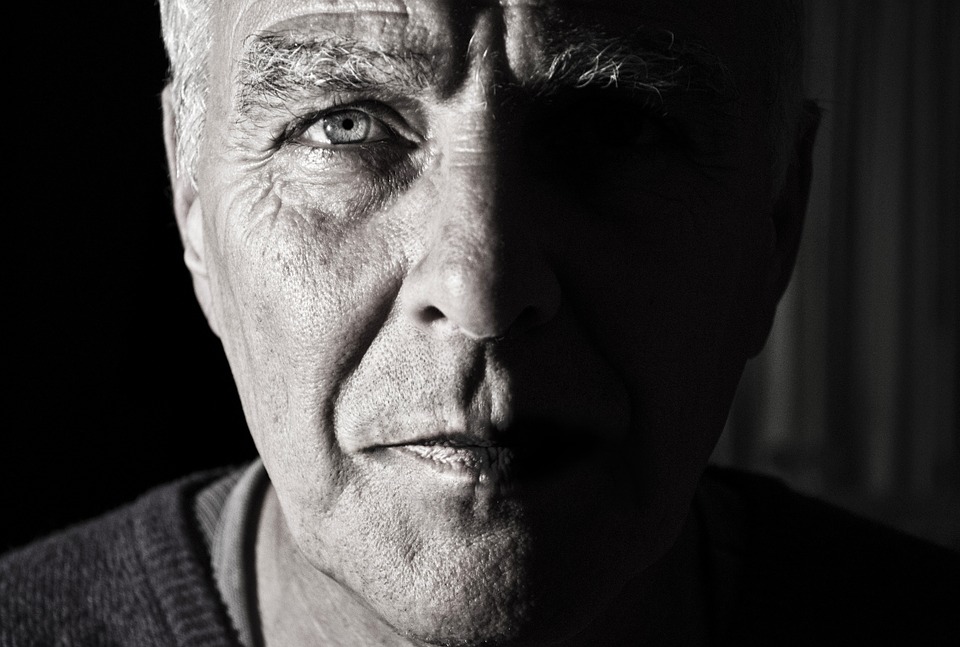It’s a difficult fact that ophthalmologists and optometrists have many patients who are in danger of losing their sight. Eye care professionals are well aware of the sobering statistics: millions of people suffer from age-related macular degeneration (AMD), the leading cause of severe, permanent vision loss in Americans over 50, according to Johns Hopkins’ Wilmer Eye Institute. More than eight million people have early stages of AMD. The more severe form will affect about three million people by the year 2020, states retinal specialist Julie Rosenthal, M.D. on NPR.org. And then there are the other diseases that cause vision loss: including glaucoma, cataracts, and diabetic retinopathy.
Focusing only on statistics, disease progression, and treatment overlooks patients’ experience, however. Our eyesight is a huge part of how we experience and enjoy the world around us. Vision loss can be frightening and can even cause depression. While you know your patients best, it’s not always easy to tell who might be suffering. Here are some strategies to see things from your patients’ perspectives and help them cope with vision loss.
How do people with vision loss see the world?
You know that because AMD affects central vision and leaves sufferers with only peripheral vision, they may struggle to identify faces, read books, and watch TV. But patients’ families and caregivers may not understand what that really means. You can ask them to imagine if many of their typical daily activities became difficult or impossible: driving a car, reading a recipe, recognizing a loved one’s facial expressions. Even more effective is to show them how a typical person with AMD sees the world:
Obviously, this would cause most people considerable distress, and can even lead to depression. Dr. Barry Rovner, a geriatric psychiatrist at Thomas Jefferson University who studies depression in patients with AMD, explained it like this to NPR: “What if something happened to you and you suddenly couldn’t do the thing that was most important to you? That’s a loss, and people differ in their capacities to manage loss. Some people take it in stride after a period of mourning, like any loss.”
Depression and vision loss
One study found that more than ten percent of people over age 70 with AMD have depression, double the normal rate for people in that age group. Other research suggests that about 25 percent of people with macular degeneration in both eyes go on to develop clinical depression.
The cause of depression with vision loss may come from feelings of grief, frustration, isolation, or loss of control and independence, among other feelings. Losing their driver’s license is a huge blow for many seniors, especially those who have always driven a car or live in areas without good public transportation. While some people may be genetically predisposed to depression, for many others it’s the first time they’ve dealt with such feelings. They may feel they need to “keep a stiff upper lip” or, alternately, feel that there’s something wrong with them.
Older generations in particular may not understand that “depression is a real physiological condition, not just a mindset or a bad attitude,” according to AMD.org. Check out this list of common symptoms of depression from the National Institute of Mental Health. While doctors tend to focus on treatment of the condition causing vision loss, first start by asking patients what they are experiencing and how they are feeling.
Resources and strategies
In some cases, patients may need a referral to a counselor or therapist to cope with their adjustment to vision loss. In other cases, however, new strategies and tools can be all that patients need.
Dr. Rovner and his colleagues found that helping people with low vision develop coping strategies can ward off depression in the first place. Their study examined the effects of different strategies on patients. Those who loved to cook but could no longer read recipes were given large-print recipe cards. Book lovers were encouraged to update the lighting in their homes and invest in magnifiers. Patients who could no longer recognize faces were advised to talk frankly about their vision loss to their friends instead of withdrawing out of fear of seeming rude.
As this NPR article describes, “The results were dramatic: Patients in the study who created a plan and stuck to it cut their risk of depression by more than half, Rovner says, compared to those who received only the talk therapy.”
Many patients may not be aware of the numerous low-vision aids available to them. From tools like magnifying glasses and closed-circuit TV, to non-optical devices like text-reading software and audio books, a wide variety of solutions exist to help patients cope with vision loss and regain their quality of life.
While some forms of vision loss can be reversed, there is no cure for AMD. However, it’s important to let patients know that several treatments exist that may prevent severe vision loss or slow the progression of the disease considerably, such as vitamin therapy, anti-VEGF medicines, and laser treatments. And because each day without treatment can lead a patient closer to blindness, it’s critical to reinforce the importance of regular eye exams.
For more information on educating your patients about vision loss or other health-related issues, subscribe to our newsletter, or see how Rendia can help by signing up for a free two-week trial of Rendia.

